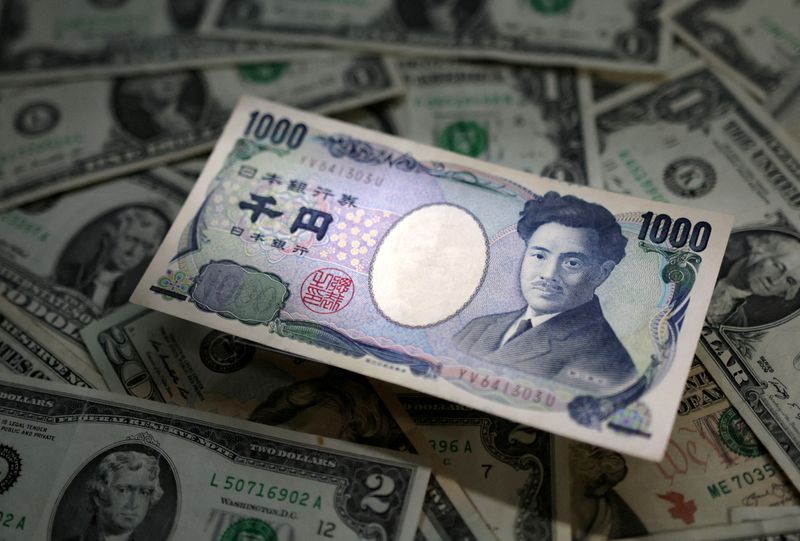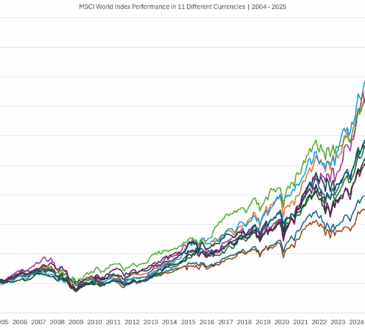Yen firms on hints policy change may come; China market rescue talk lifts yuan, Aussie
By Rae Wee
SINGAPORE (Reuters) -The Japanese yen reversed course on Tuesday firming on hints the Bank of Japan might tweak policy at its next meeting, having earlier dipped after the central bank matched market expectations and maintained its ultra-easy monetary settings.
The dollar was last down about 0.37% on the Japanese currency at 147.51. That would be the dollar’s biggest one-day fall against the yen in a month, though that milestone reflects the relentlessness with which the yen has weakened in the past month as much as the size of Tuesday’s move.
The Bank of Japan maintained ultra-easy monetary settings as policymakers allowed more time to determine whether wage increases will broaden enough to keep inflation sustainably at its 2% target.
Shunto wage negotiations typically take place in the spring.
However, speaking at a press conference, BOJ Governor Kazuo Ueda said many businesses have decided on wages early and labour unions are asking for higher pay.
“BOJ doesn’t need to wait till Shunto wage negotiations end before assessing whether to normalise policy,” said Christopher Wong, a currency strategist at OCBC
“So in a way, back-to-back annual wage increases (by a larger magnitude this year) is probably something Japanese officials are hoping to see before making a move. This could well imply that (the) March meeting is live.”
The euro edged down 0.1% to 161.03 (). Sterling dipped a fraction to 188.08 yen, but still was not far from a high of 188.91 hit on Friday, its strongest level since August 2015.
The dollar also weakened elsewhere. The euro was up 0.22% at $1.0907 and the pound was up 0.23% at $1.2741.
The European Central Bank (ECB) also meets this week, where expectations are similarly for its deposit rate to be held steady at the current 4.00%.
ECB policymakers, including President Christine Lagarde, have pushed back against market expectations for early rate cuts.
CHINA AID
A report that China is weighing a rescue package for its plunging stock markets helped the yuan and the Australian dollar, which is often viewed as a more liquid proxy for exposure to China.
Chinese authorities are considering a package of measures to stabilise the stock market, Bloomberg News reported on Tuesday, citing people familiar with the matter.
The dollar dipped 0.3% against the offshore yuan to 7.1722 yuan. Its onshore counterpart also strengthened.
Down Under, the rose more than 0.5% to $0.6607, and the New Zealand dollar gained 0.47% to $0.6106, after having fallen to a two-month low of $0.60625 earlier in the session.
“The (China) news has triggered risk proxies, including the Australian dollar, New Zealand dollar … higher,” said Wong.
“It remains to be seen if this is just talk but if it does materialise sooner than later, then risk proxies can trade higher.”

The fell 0.27% to 103.1, though remained not too far from a more than one-month high of 103.69 hit last week, as traders pare back their expectations for a rate cut by the Federal Reserve in March.
That has kept U.S. Treasury yields supported, with the two-year yield last at 4.398%. The benchmark 10-year yield likewise settled above 4% and was last at 4.225% [US/].


